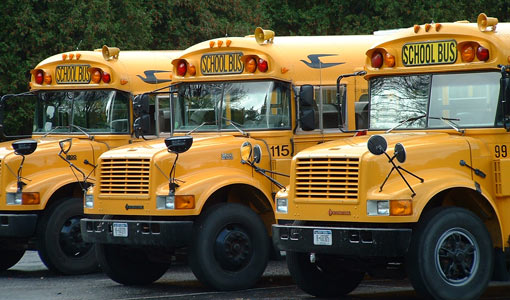
Federal data shows the graduation achievement gap increased between white and black students, while other states narrowed the gap
MacIver News Service | October 26, 2015
[Washington, D.C…] Wisconsin’s high schools have the largest graduation achievement gap in the country between white and black students, according to new preliminary numbers from the U.S. Department of Education.With 92.9% of white students and only 66.1% of black students graduating in the 2013-2014 school year, Wisconsin’s 26.8% achievement gap is the largest in the nation. Overall, the percentage of students in Wisconsin to graduate rose slightly to 88.6%.
The National Center for Education Statistics is expected to release its final reports on the 2013-2014 school year within the coming months.
As the MacIver Institute has previously reported, the achievement gap has been an issue for Wisconsin students for years.
During the most recent budget deliberations, members of the Joint Committee on Finance passed a motion that created four new authorizers of public independent charter schools around the state, including an authorizer for new schools in Madison. Back in 2014, MacIver pointed out that Madison had the worst graduation rate for African-American students of the state’s 20 largest school districts. The city also recorded the third-largest graduation achievement gap between black and white students – a difference of more than 30 percent. In 2013-14, only 12.9 percent of black students in the Madison School District were proficient or better in reading.

The legislature continues to make changes to address the achievement gap problem. Back in September, the Assembly Committee on Education unanimously passed Assembly Bill 287, a bill which includes several reforms to the Achievement Gap Reduction (AGR) program.
The program targets funding to schools with low-income students and creates a five-year contract between school districts and the Department of Public Instruction (DPI). In order to receive funding, participating schools must implement one or more of the strategies in more classroom settings in an effort to reduce the achievement gap.
The full Assembly is scheduled to vote on AB 287 later today.